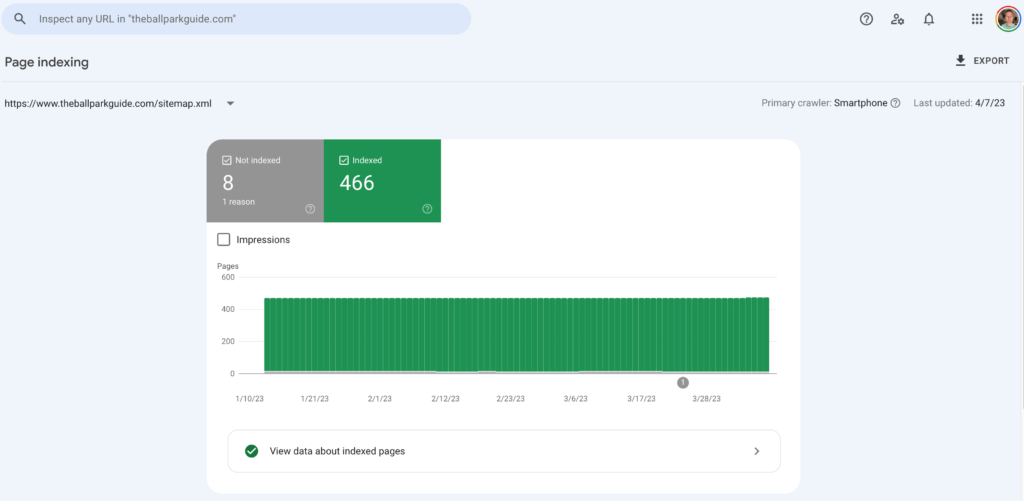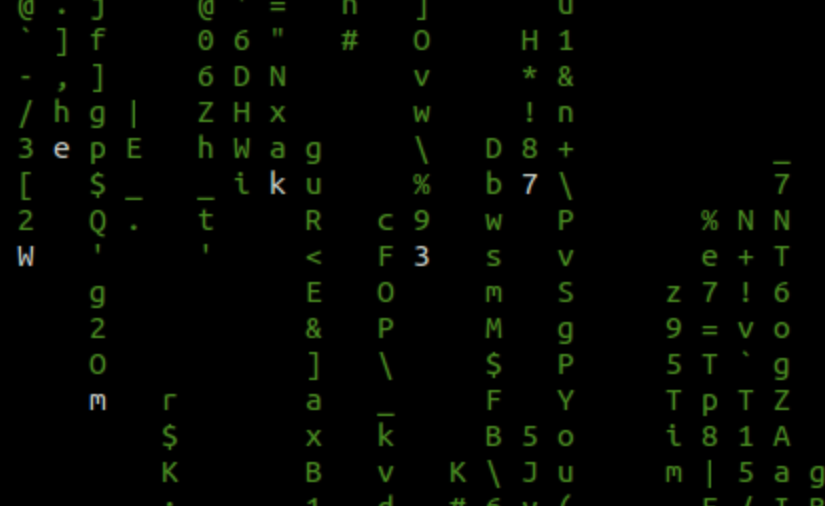Search engine optimization (SEO) is an ever-changing field that requires website owners to stay on top of the latest trends and practices. In a my article on SEO Areas of Focus I highlighted one of the most critical aspects of SEO, indexability. After 20+ years in the biz I’m often surprised how often this is overlooked. In this article, I’ll provide a detailed overview of indexability and why it’s essential for SEO success. I’ll also offer best practices for improving your website’s indexability and explain the reports and dashboards you need to track your progress.
What is Indexability?
Indexability refers to the ability of search engine crawlers to find, crawl, and index the pages on your website. If your website is not easily indexable, your pages will not show up on search engine results pages (SERPs), which will lead to low visibility and traffic.
Why is Indexability Important for SEO?
Indexability is crucial for the success of any SEO strategy because it enables search engine crawlers to find and index your website’s pages. Without indexability, your website’s pages will not show up on SERPs, and your website will be virtually invisible to potential customers.
Best Practices for Improving Your Website’s Indexability
Optimize Your Website’s Structure
Your website’s structure should be easy to navigate, with clear menus and internal links that allow search engine crawlers to move from one page to another. This makes it easy for crawlers to index your website’s pages.
You should be able to click from your homepage to any page on your site within 4-5 clicks. For smaller sites that’s fairly easy, but for larger sites it get’s more complicated. One tip is to make create “hub pages” that link off to related pages. For instance if you have a car review site you could create hub pages for the make of each car and link off to the reviews for each type of car for that manufacturer. If it’s hard to create topical hubs timeline hubs work too. So group pages by month-year that they were published.
Create and Submit an XML Sitemap
An XML sitemap is a file that lists all the pages on your website. Submitting this file to search engines helps them understand the structure of your website and index it more effectively.
A sitemap is a great way to verify in Google Search Console if all of your pages have been indexed. Below I have a breakout of one of my sites as you can see most of the pages are indexed but a few aren’t. Because I have as sitemap I can look into that.

Fix Broken / Redirecting Links
Broken links can prevent search engine crawlers from accessing your website’s pages, which can hurt your website’s indexability. Use a broken link checker to identify and fix any broken links on your site.
Redirecting links increase the crawl budget of bots as well as slow down the page experience for users. The rule of thumb is: any URL you have linked on your site should be to another URL which 200’s in your browser.
Use Descriptive Page Titles and Meta Descriptions
Page titles and meta descriptions should accurately describe the content on each page of your website. This helps search engines understand what your website is about and index it more accurately.
Avoid Duplicate Content
Duplicate content on a website should be minimized to avoid confusion for search engines in determining which version of a page to rank for a query. While there is no duplicate content penalty in SEO, similar content can cause crawling inefficiencies, dilute PageRank, and suggest content that needs improvement. Though duplicate and similar content is natural, it can become problematic at scale. Preventing duplicate content allows you to control indexing and ranking, limit crawl budget waste, and consolidate indexing and link signals to improve ranking. Always ensure that each page on your website has unique content and URLs.
Reports and Dashboards
As part of a SEO Health Dashboard you should ensure the SEO KPI’s important to indexability are closely watched. Here are the main areas you need to have eyes on daily to ensure great SEO.
Indexed Pages
This metric shows the number of pages on your website that have been indexed by search engines. It’s important to track this metric regularly to ensure that all your website’s pages are being crawled and indexed.
Google Search Console is the best place to check your Indexed pages.

Crawled Pages
This metric shows the number of pages on your website that search engine crawlers have visited as well as the status codes returned to the bot when it is crawled. It’s important to monitor this metric to ensure that search engine crawlers can access all your website’s pages. If you see any 4xx / 5xx status codes in your logs or excessive 3xx you should dive deeper to address these problems.
The best place to track this is monitoring your own website log files. If you don't have access to your log files or you aren't saving them, you can use Google Search Console to get daily crawls.
Broken Links
This metric shows the number of broken links on your website, which can affect how search engines crawl and index your website. It’s important to fix any broken links to ensure that search engines can access and index all your website’s pages.
Screaming Frog can detect broken links across your site.
Duplicate Content
This metric shows the percentage of duplicate content on your website, which can confuse search engines and affect your website’s indexability. It’s important to ensure that all your website’s pages have unique content and URLs.
Screaming Frog is a great tool to find duplicate content.
Sitemap Errors
This metric shows the number of errors in your website’s XML sitemap file, which can also affect how search engines crawl and index your website. It’s important to fix any errors in your XML sitemap to ensure that search engines can easily find and index your website’s pages.
Audit your sitemap with Screaming Frog
Robots.txt Errors
This metric shows the number of errors in your website’s robots.txt file, which can affect how search engines crawl and index your website. It’s important to fix any errors in your robots.txt file to ensure that search engines can access and index your website’s pages.
Screaming Frog is a great way to find robots.txt errors.
Page Load Speed
This metric shows how quickly your website’s pages load, which can affect how search engines crawl and index your website. It’s important to ensure that your website’s pages load quickly to ensure that search engine crawlers can easily access and index your website’s pages.
Screaming Frog is a great tool to find duplicate content.
